
Schubert
Credit: http://static.guim.co.uk/
Pauer’s key characteristics for F sharp major are that it: “…sounds brilliant and exceedingly clear; as G flat major, it expresses softness coupled with richness.”
Pauer poses us an interesting problem here, in pairing F sharp major and G flat major and, at the same time, giving them very different characteristics.
F sharp major was rarely used in orchestral music but one place it was used was the third movement minuet of Haydn’s Farewell Symphony. This symphony, with the general key of F sharp minor, had this major key minuet (as was common with many minor-key symphonies). We can hear the clarity that Pauer described in this work.
Haydn: Symphony No. 45 in F-Sharp Minor, Hob.I:45, “Farewell”: III. Minuetto: Allegretto (Orpheus Chamber Orchestra)
G flat major, on the other hand, was rarely used for orchestral work because of the problem with modulating into related keys. The instruments of the German Classical / Romantic period had intonation problems when venturing into remote keys. It was used, however, for piano works.
One beautiful example is Schubert’s Impromptu No. 3. These works from 1827 were named by Schubert’s publisher, Tobias Haslinger, following up on the Romantic ideal of careless rapture and sudden inspiration. This work also fits Pauer’s idea of a work that is both soft and rich.
Schubert: 4 Impromptus, Op. 90, D. 899: Impromptu No. 3 in G-Flat Major (Jenő Jandó, piano)
What pieces do you think should be added here? Keep in mind that the piece should date from before 1876, when Pauer’s book was published. Another guideline might be to note the relatively small list of composers he gave as examples: Haydn, Mozart, Beethoven, Mendelssohn, Schubert Rossini, Weber, and Spohr – all stalwarts of German classicism / romanticism.

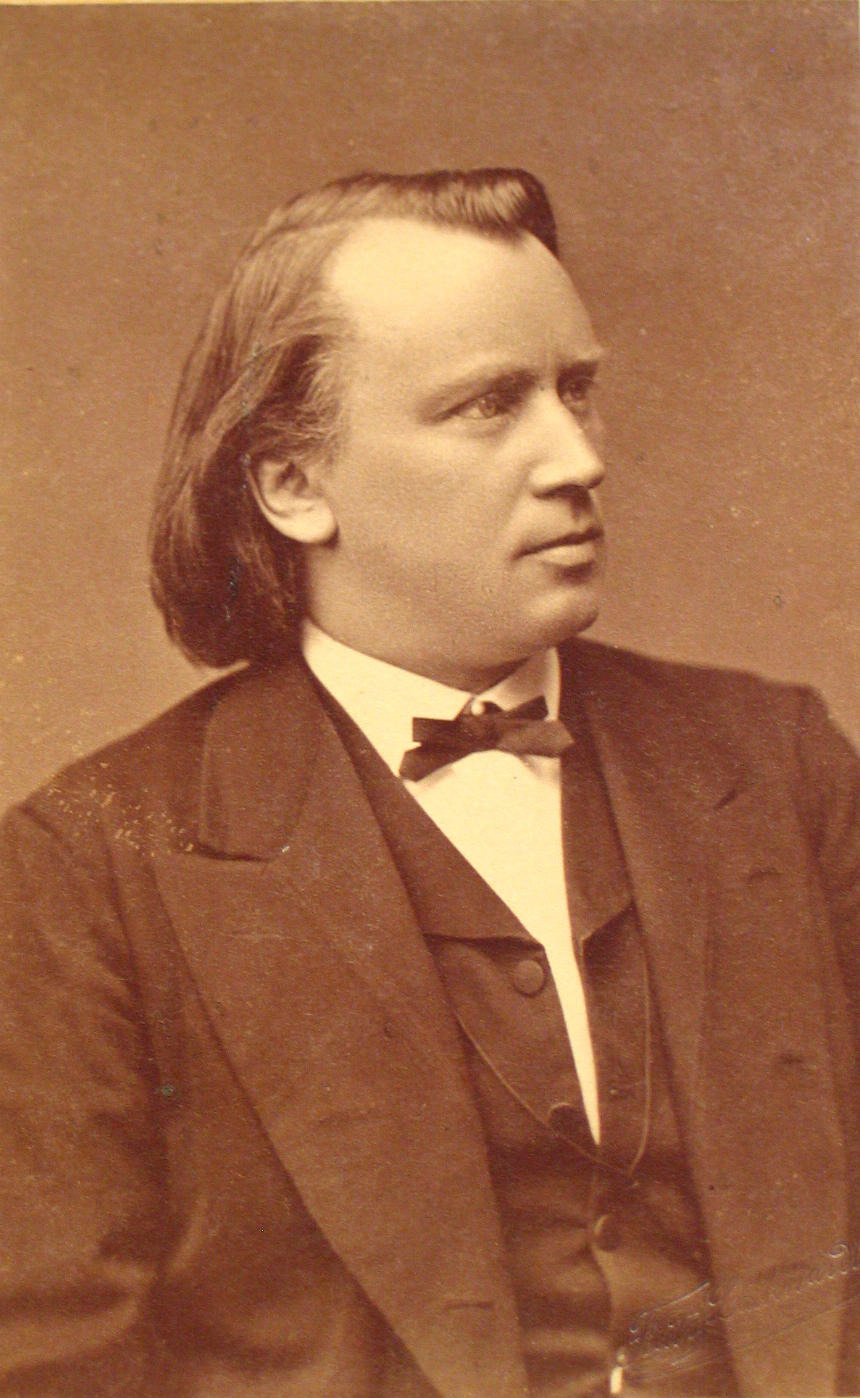
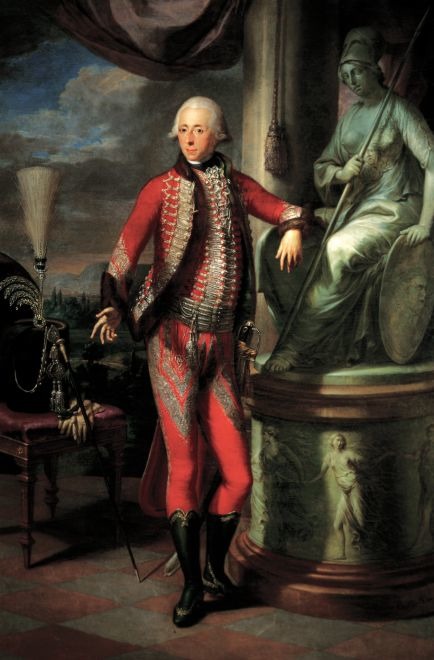
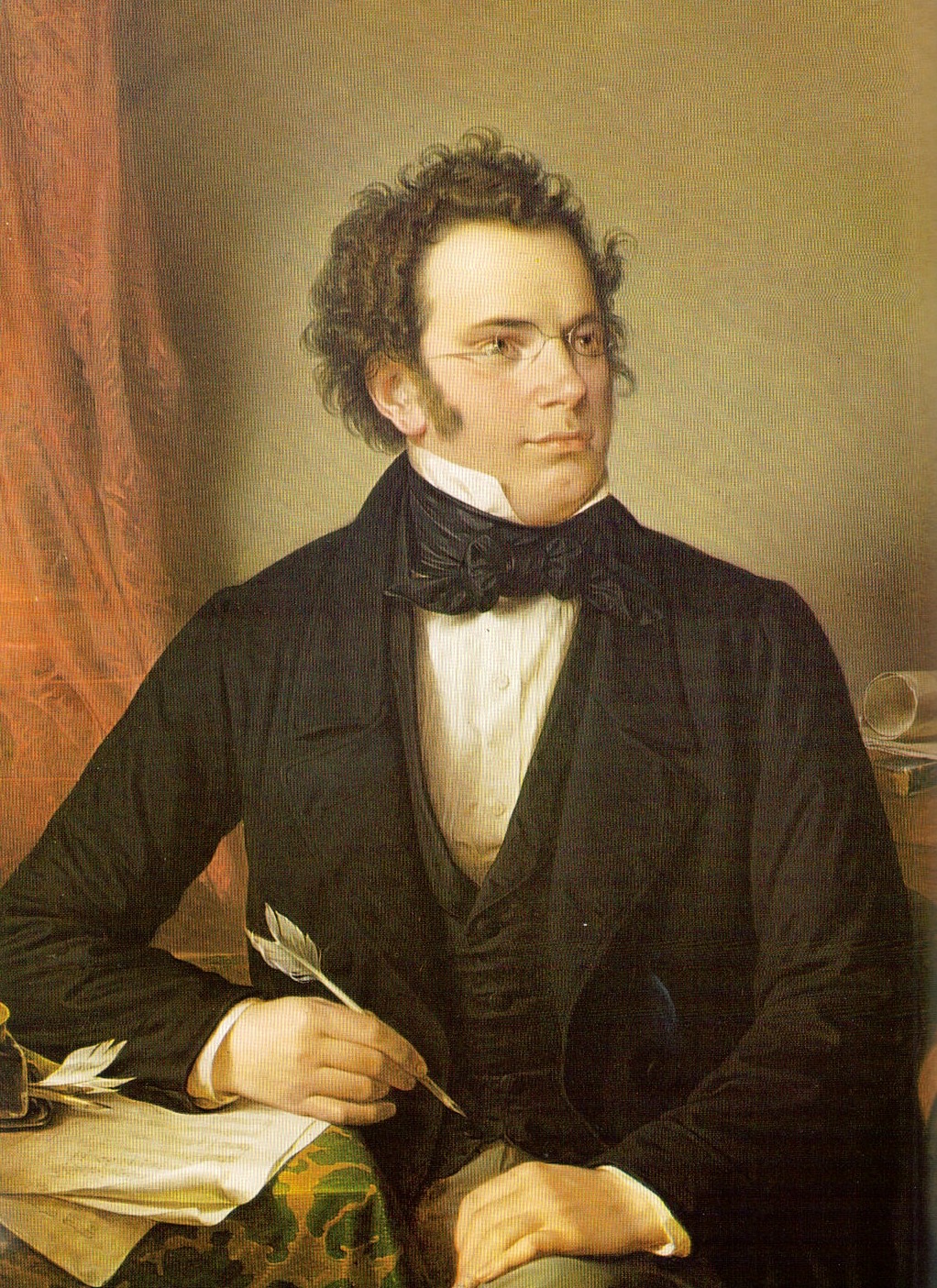
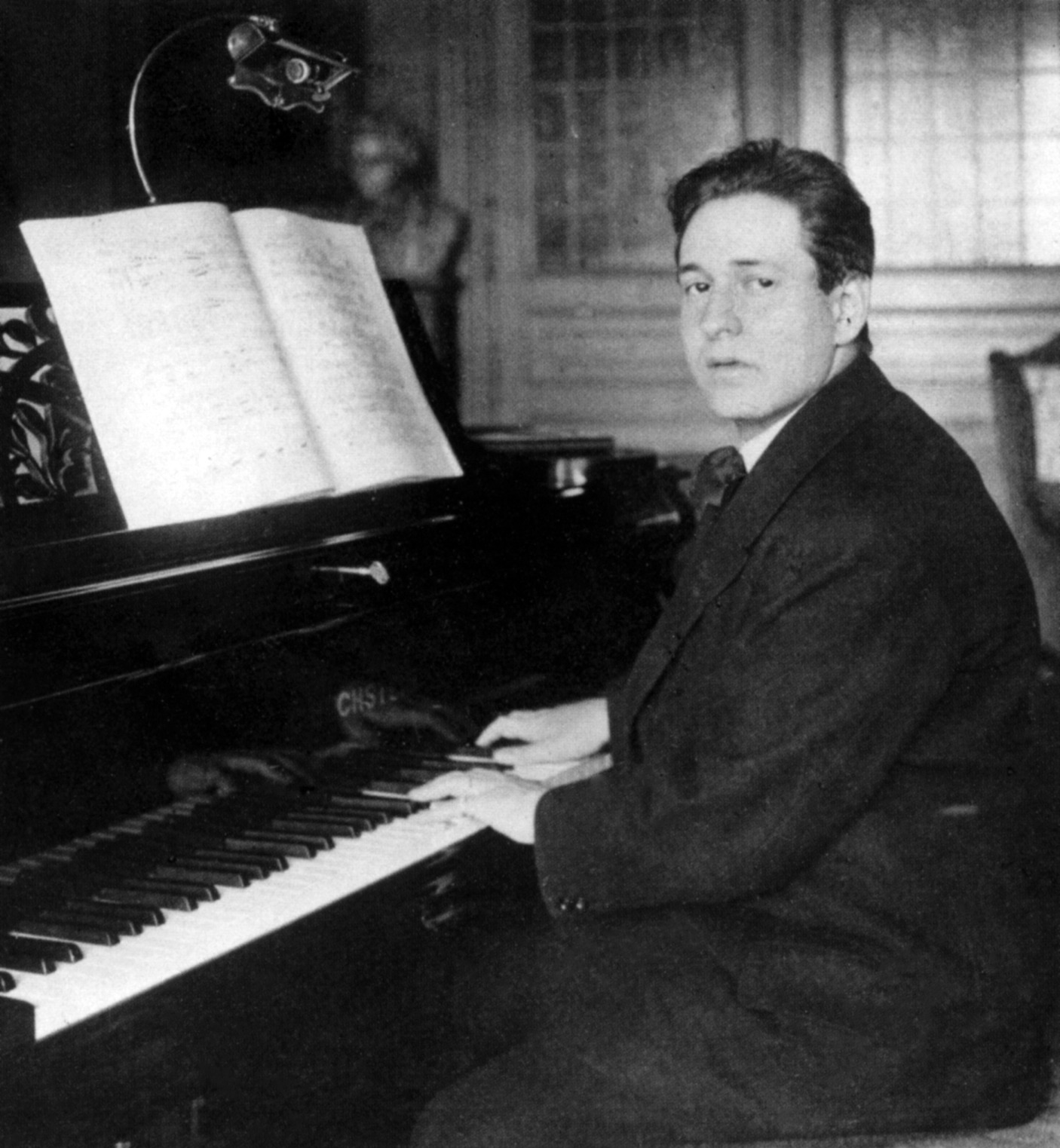
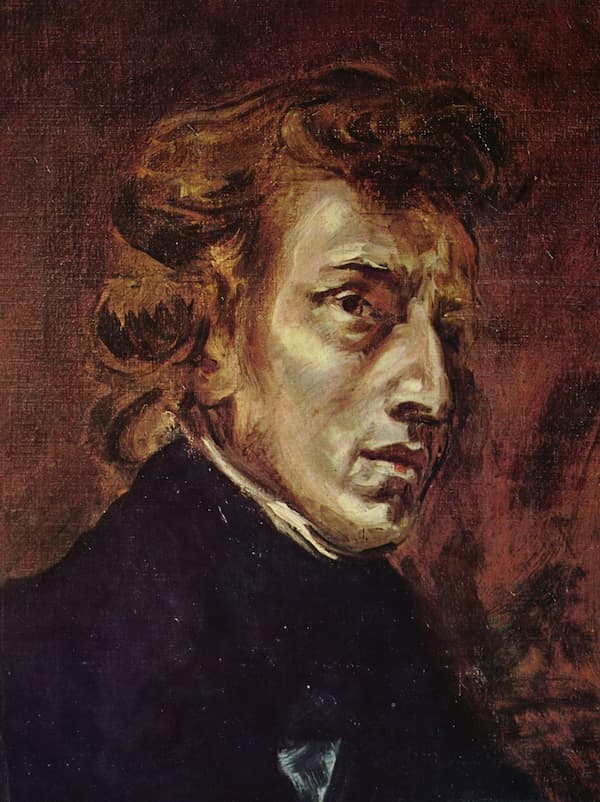
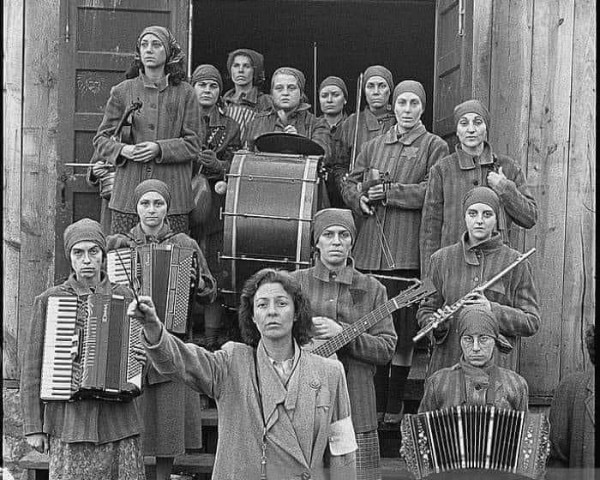
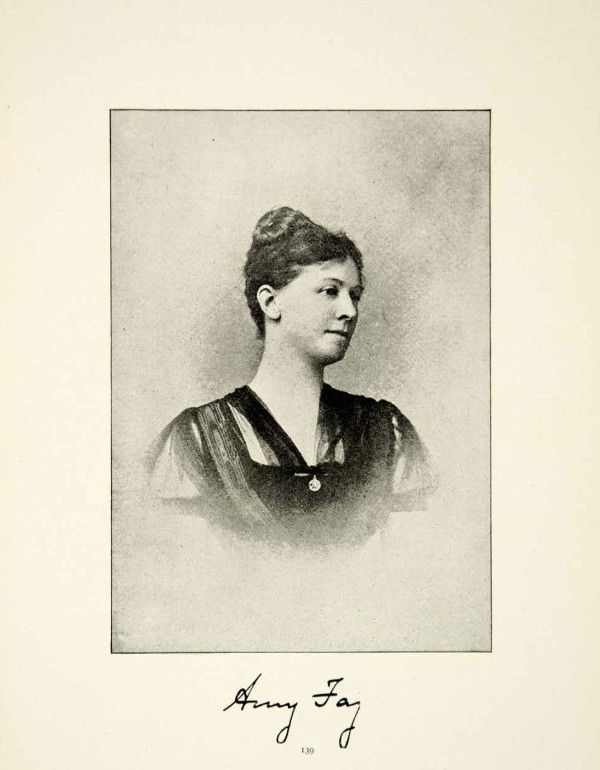
Faure’s Ballade (roginally for piano, but he made a piano + orchestra version) is brilliant in its F-sharp major, but Faure switches the middle section to G-flat major (making it mellower, interestingly enough) for reasons I still have to understand.
it’s probably because Gb major is a more efficient way to write it when he’s going to raise the pitch of notes, making B and E naturals for example. If it were in F# and you wanted those notes they would be called A double sharp and D double sharp respectively.
I’ve gathered more than 100 pieces written in the key of F#Maj/GbMaj which I’ve found through the years: https://www.youtube.com/playlist?list=PLjm8JLolPEFoXqSLiaf1h2GTPRGL8J32o
Of course, most of them are Late-Romantic or Modern classical music. Prior to 1876, there were some F#Maj/GbMaj piano pieces written mainly by Chopin and Liszt. And obviously, this key was present in all 24 Preludes (w/ or without Fugues) sets.
My favorite F# Major piece composed before 1876 is Liszt’s Bénédiction de Dieu. And the most beautiful is Liszt’s Jeux d’eaux à la Villa d’Este (which is known as a pre-impressionist piano piece) – even being published in 1877, it catches the mood described by Pauer’s book
And obviously, the biggest work in this key went only in 1910, but only completed in the 60’s by a musicologyst – Mahler’s 10th Symphony. Faure’s Ballade, composed in 1881 (and even performed by Liszt), was also a major work
Beethoven op.78,Chopin Barcarola op.60,Chopin Nocturno op.15,Chopin Impromtue no.2,kScriabin sonata no.4,Stravinsky Etudes op.7 no.4,